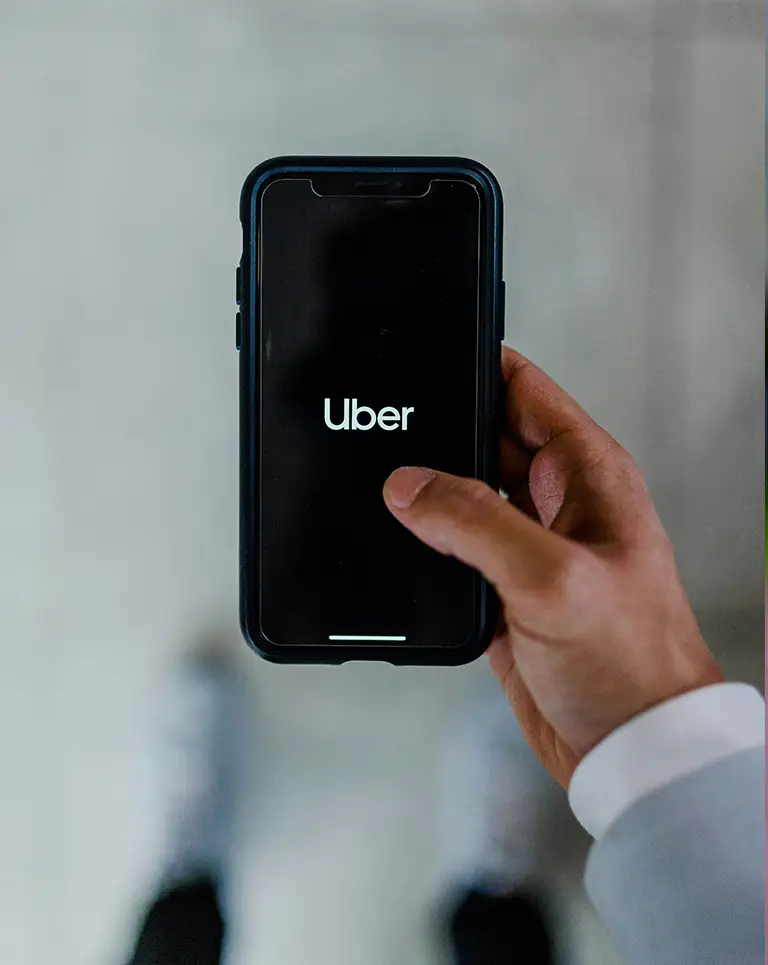Key Components of a Brand Guide
[vc_row][vc_column][vc_column_text]A well-formed Brand Guide can act as a playbook for business decisions and marketing strategies. It’s a point of reference as to why the brand was started in the first place and a compass for maintaining your intended path. Keep in mind, when we say brand we’re talking about much more than the design components. […]
Key Components of a Brand Guide Read More »




